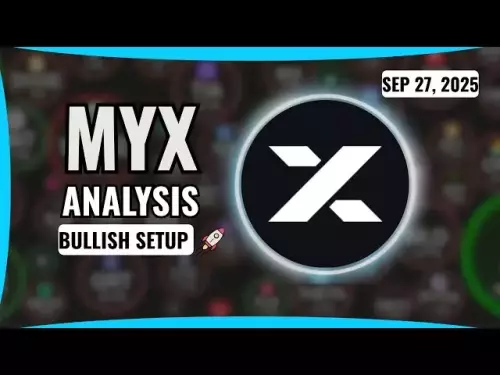-
 bitcoin
bitcoin $109523.663807 USD
-0.13% -
 ethereum
ethereum $4019.526508 USD
2.06% -
 tether
tether $1.000482 USD
0.00% -
 xrp
xrp $2.776815 USD
0.18% -
 bnb
bnb $958.942396 USD
0.12% -
 solana
solana $204.294698 USD
3.84% -
 usd-coin
usd-coin $0.999693 USD
0.00% -
 dogecoin
dogecoin $0.232115 USD
2.09% -
 tron
tron $0.338028 USD
0.84% -
 cardano
cardano $0.790920 USD
1.50% -
 hyperliquid
hyperliquid $44.871443 USD
5.60% -
 ethena-usde
ethena-usde $1.000322 USD
0.04% -
 chainlink
chainlink $21.034165 USD
2.60% -
 avalanche
avalanche $28.794831 USD
-0.54% -
 stellar
stellar $0.360466 USD
1.24%
How does the Bitcoin network operate without a central authority?
The Bitcoin network operates on a decentralized peer-to-peer architecture, where nodes collectively validate transactions and maintain the blockchain without central control.
Aug 04, 2025 at 11:07 pm
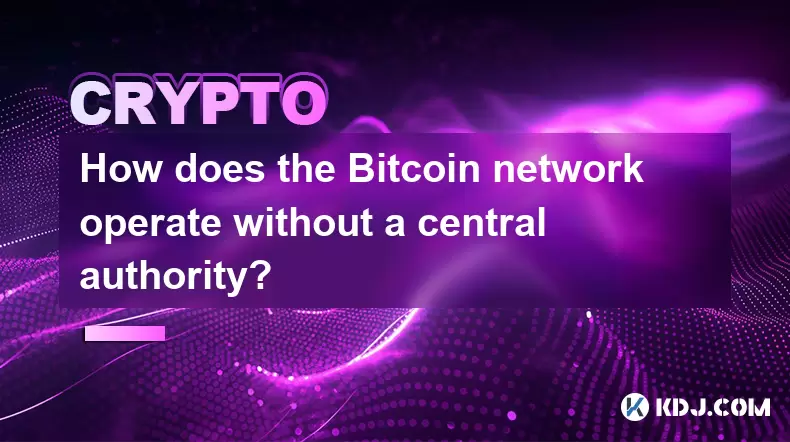
Decentralized Architecture of the Bitcoin Network
The Bitcoin network operates without a central authority by relying on a decentralized peer-to-peer (P2P) architecture. Every participant, known as a node, maintains a copy of the blockchain—a public ledger recording all transactions since Bitcoin’s inception. These nodes communicate directly with each other, broadcasting transaction and block data across the network. No single entity controls the flow of information, ensuring that no central point of failure exists. Each node validates transactions and blocks independently based on consensus rules embedded in the Bitcoin protocol. This means that consensus is achieved through collective agreement, not through top-down enforcement.
- Nodes verify incoming transactions using cryptographic signatures and check against the existing blockchain to prevent double-spending
- When a new block is mined, it is propagated across the network, and each node independently verifies its validity before adding it to their local copy
- Full nodes enforce the rules, while lightweight (SPV) nodes rely on full nodes for verification but still maintain a degree of autonomy
This structure ensures that anyone can join or leave the network freely, and the system continues functioning regardless of individual node behavior.
Proof-of-Work and Mining Mechanism
The proof-of-work (PoW) consensus mechanism is central to Bitcoin’s operation without a central authority. Miners compete to solve a computationally intensive cryptographic puzzle based on the contents of pending transactions. The first miner to solve the puzzle broadcasts the new block to the network. Other nodes then verify the solution and the transactions within the block. If valid, the block is added to the blockchain, and the miner receives a block reward in newly minted bitcoins plus transaction fees.
- Miners gather unconfirmed transactions into a candidate block
- They calculate a hash of the block header that meets the current network difficulty target
- This process requires significant computational power, making it costly to manipulate the network
- Once a valid hash is found, the block is sent to the network for validation by other nodes
The difficulty adjustment algorithm ensures that a new block is mined approximately every ten minutes, regardless of the total computational power in the network. This mechanism deters malicious actors because altering past blocks would require re-mining all subsequent blocks, which is economically infeasible due to the immense energy and hardware costs.
Transaction Validation and Propagation
When a user initiates a Bitcoin transaction, it is signed with their private key and broadcast to the network. Neighboring nodes receive the transaction and perform several checks before relaying it further. These checks include verifying the digital signature, confirming the sender has sufficient funds (by referencing unspent transaction outputs, or UTXOs), and ensuring the transaction format complies with protocol rules.
- Transactions are collected into a mempool (memory pool) on each node, awaiting inclusion in a block
- Miners select transactions from the mempool, typically prioritizing those with higher transaction fees
- Once included in a confirmed block, the transaction becomes part of the immutable blockchain
This process ensures that no central entity approves or rejects transactions. Instead, validation is distributed and automatic, based on cryptographic and economic incentives. The transparency of the UTXO model allows every node to independently verify ownership and transaction legitimacy.
Consensus Rules and Network Governance
Bitcoin’s operation without a central authority is sustained by immutable consensus rules encoded in its software. These rules define what constitutes a valid block, transaction, or signature. All nodes enforce these rules independently. If a node attempts to propagate invalid data, other nodes reject it. This creates a self-regulating system where adherence to protocol is enforced through peer validation.
- Changes to the protocol require broad agreement among developers, miners, node operators, and users
- Soft forks introduce backward-compatible rule changes and are activated when a supermajority of miners signal support
- Hard forks create permanent divergence and require all participants to upgrade; they only succeed if widely adopted
Governance is informal and decentralized. No individual or organization has the authority to unilaterally alter Bitcoin’s rules. Proposals are discussed openly in forums, GitHub repositories, and mailing lists. Implementation depends on voluntary adoption, ensuring that changes reflect the collective will of the network participants.
Cryptographic Security and Immutability
The security of the Bitcoin network relies on advanced cryptography. Each transaction is secured with elliptic curve digital signatures (ECDSA), ensuring only the rightful owner can spend their bitcoins. The blockchain’s integrity is maintained through cryptographic hashing, where each block contains the hash of the previous block, forming a chain. Altering any transaction would require recalculating all subsequent block hashes, which is computationally infeasible.
- The SHA-256 algorithm is used for both transaction hashing and proof-of-work
- Public-key cryptography allows users to generate addresses from private keys without revealing the key itself
- Addresses are derived from public keys using hashing, adding an extra layer of security
This cryptographic foundation ensures that data cannot be forged or tampered with, and ownership is provable without intermediaries. The combination of hashing, digital signatures, and distributed validation creates a trustless environment where participants do not need to know or trust each other.
Economic Incentives and Game Theory
Bitcoin’s decentralized operation is reinforced by economic incentives aligned with honest behavior. Miners are rewarded with bitcoins and fees for validating transactions and securing the network. Attempting to cheat—such as mining invalid blocks—results in wasted resources because other nodes will reject the block, and the miner receives no reward.
- The block subsidy decreases over time through halving events, reducing inflation and increasing scarcity
- Transaction fees become a more significant incentive as block rewards diminish
- Honest mining is the most profitable strategy, creating a self-sustaining ecosystem
This incentive structure leverages game theory: participants act in their self-interest, but the rules of the system guide that self-interest toward network stability. The cost of launching an attack (e.g., a 51% attack) far exceeds any potential gain, making such actions irrational.
Frequently Asked Questions
What happens if two miners find a block at the same time?When two valid blocks are discovered simultaneously, the network temporarily splits. Nodes accept the first block they receive and continue building on it. The tie is resolved when the next block is mined on one of the chains. The longer chain becomes the accepted version, and the other block is discarded (orphaned). This is a natural part of the consensus process and does not compromise security.
How do nodes stay synchronized without a central server?Nodes continuously exchange blocks and transactions using the Bitcoin P2P protocol. Each node independently verifies all data it receives. If a node detects a discrepancy, it rejects the invalid data. Regular synchronization occurs through block propagation and chain comparison, ensuring all honest nodes converge on the same blockchain.
Can someone shut down the Bitcoin network?There is no single point to shut down. The network consists of thousands of globally distributed nodes. Even if some nodes go offline, others continue operating. As long as sufficient nodes and miners remain active, the network persists. Its resilience comes from redundancy and decentralization.
Who decides the transaction fees in Bitcoin?Users set their own transaction fees based on network congestion and desired confirmation speed. Miners prioritize transactions with higher fees per byte. Fee levels are determined by market dynamics, not by any central authority. Tools like fee estimators help users choose appropriate fees based on current demand.
Disclaimer:info@kdj.com
The information provided is not trading advice. kdj.com does not assume any responsibility for any investments made based on the information provided in this article. Cryptocurrencies are highly volatile and it is highly recommended that you invest with caution after thorough research!
If you believe that the content used on this website infringes your copyright, please contact us immediately (info@kdj.com) and we will delete it promptly.
- Bitcoin, mNAV, and Treasury Companies: A New York Perspective
- 2025-09-28 04:25:14
- BNB Price and the Rise of BlockchainFX: The Crypto Presale to Watch
- 2025-09-28 04:25:14
- Trump, WLFI, and the Token Burn: Can Burning Crypto Make it Great Again?
- 2025-09-28 04:45:15
- James Wynn's 3x Leveraged Crypto Gamble: ASTER Airdrop or Bust?
- 2025-09-28 04:45:15
- Vitalik Buterin Sounds Alarm on EU Legislation: Ethereum's Privacy Stance
- 2025-09-28 05:25:12
- XLM Records, Toncoin Utility, BullZilla Presale: Crypto's Next Big Thing?
- 2025-09-28 05:05:12
Related knowledge
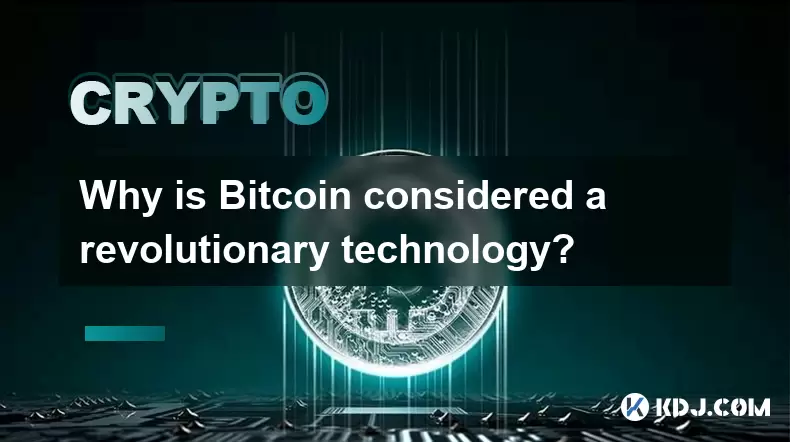
Why is Bitcoin considered a revolutionary technology?
Aug 12,2025 at 08:29pm
Decentralization and the Elimination of Central AuthoritiesThe core innovation behind Bitcoin lies in its decentralized architecture, which fundamenta...
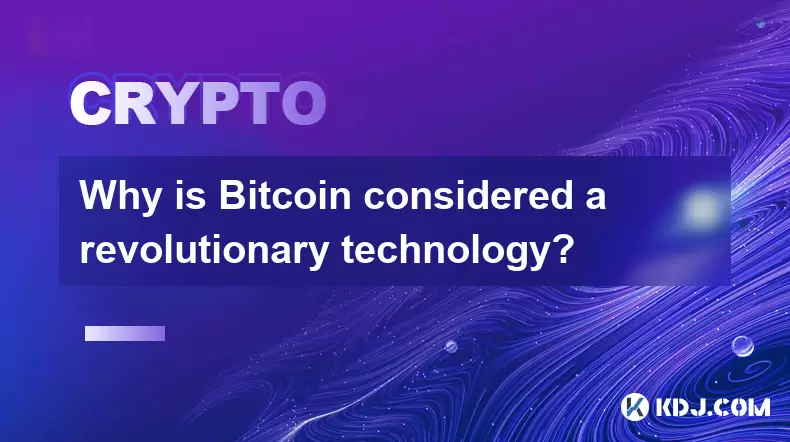
Why is Bitcoin considered a revolutionary technology?
Aug 10,2025 at 07:42pm
Decentralized Architecture and Trustless TransactionsBitcoin is considered revolutionary because it introduced a decentralized architecture that opera...
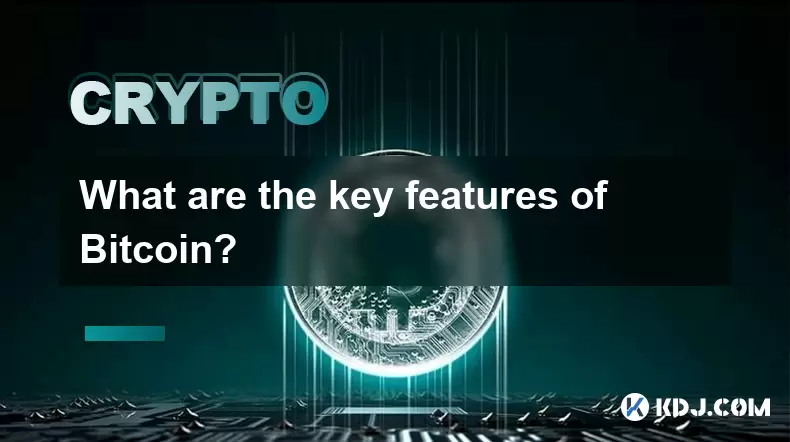
What are the key features of Bitcoin?
Aug 10,2025 at 02:50am
Decentralization and Peer-to-Peer NetworkOne of the most defining characteristics of Bitcoin is its decentralized nature. Unlike traditional financial...

Can the Bitcoin protocol be changed?
Aug 07,2025 at 01:16pm
Understanding the Bitcoin ProtocolThe Bitcoin protocol is the foundational set of rules that govern how the Bitcoin network operates. It defines every...
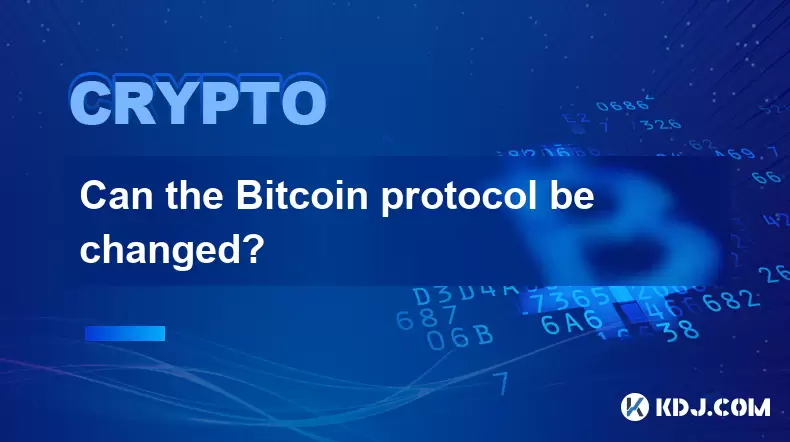
Can the Bitcoin protocol be changed?
Aug 11,2025 at 01:01am
Understanding the Bitcoin Protocol StructureThe Bitcoin protocol is the foundational set of rules that govern how the Bitcoin network operates. These ...
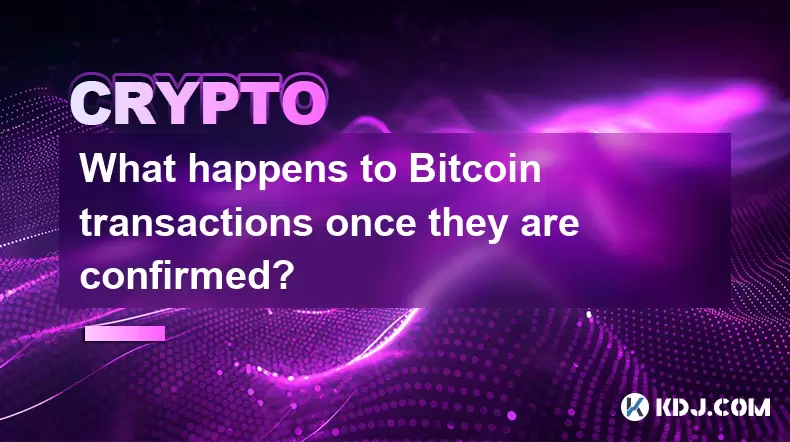
What happens to Bitcoin transactions once they are confirmed?
Aug 09,2025 at 05:22am
Understanding Bitcoin Transaction ConfirmationWhen a Bitcoin transaction is initiated, it is broadcast to the network and placed in a pool of unconfir...

Why is Bitcoin considered a revolutionary technology?
Aug 12,2025 at 08:29pm
Decentralization and the Elimination of Central AuthoritiesThe core innovation behind Bitcoin lies in its decentralized architecture, which fundamenta...

Why is Bitcoin considered a revolutionary technology?
Aug 10,2025 at 07:42pm
Decentralized Architecture and Trustless TransactionsBitcoin is considered revolutionary because it introduced a decentralized architecture that opera...

What are the key features of Bitcoin?
Aug 10,2025 at 02:50am
Decentralization and Peer-to-Peer NetworkOne of the most defining characteristics of Bitcoin is its decentralized nature. Unlike traditional financial...

Can the Bitcoin protocol be changed?
Aug 07,2025 at 01:16pm
Understanding the Bitcoin ProtocolThe Bitcoin protocol is the foundational set of rules that govern how the Bitcoin network operates. It defines every...

Can the Bitcoin protocol be changed?
Aug 11,2025 at 01:01am
Understanding the Bitcoin Protocol StructureThe Bitcoin protocol is the foundational set of rules that govern how the Bitcoin network operates. These ...

What happens to Bitcoin transactions once they are confirmed?
Aug 09,2025 at 05:22am
Understanding Bitcoin Transaction ConfirmationWhen a Bitcoin transaction is initiated, it is broadcast to the network and placed in a pool of unconfir...
See all articles


























